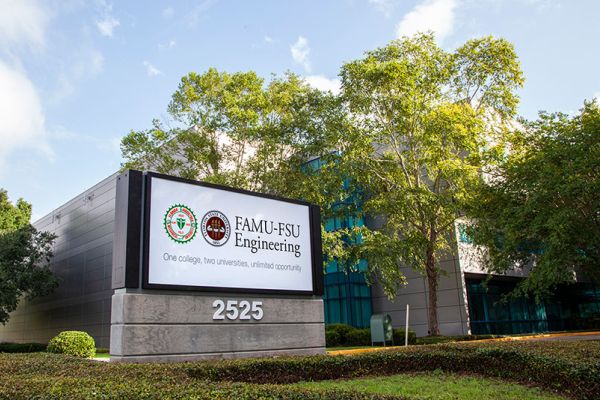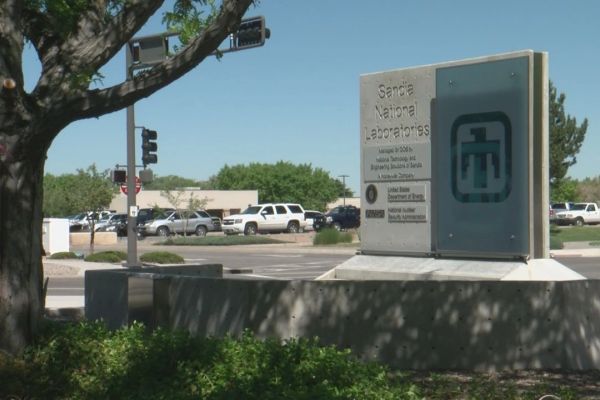What we're doing
Additive manufacturing, also known as 3D printing, is a fairly new technology rising to popularity in the 21st century. 3D printing has several advantages over regular manufacturing processes. These include the ability to produce very complex shapes, and the need for only one machine. This makes it a worthy and frugal option. Our sponsor, Sandia National Labs, is looking to explore how the complex shapes 3D printing can make could improve the function and lower the cost of a motor, such as one found in a drone or car. To answer this question, we have selected an existing motor for the basis of our experiment. We are designing, printing, and installing improved replacement parts for it. There are various types of 3D printing, each capable of printing many materials. Our project is using a method called Directed Energy Deposition to print metal. In this method, an electron beam melts metal wire and powder in place as it is dispensed. The specific material we are using is a soft magnetic alloy made of steel and cobalt known as Hiperco. The fact that it is magnetic allows us to change the standard magnetic profile of the motor. To remake the chosen motor parts, we are using a range of computer software. This includes a CAD program to create starting models of the parts, a topology software to optimize the shape and reduce the amount of printed metal without losing strength, and a finite element design suite to simulate the final strength of our designs. We are testing many aspects of the motor before and after our changes, such as torque, speed, and magnetism, to see if our 3D printed structures did in fact result in an upgrade.

Our background
Our team attends the FAMU-FSU College of Engineering and must complete a Senior Design project as a graduation requirement. This particular project is led by the Department of Industrial Engineering, but is interdisciplinary and includes mechanical and electrical engineering students as well.

Our sponsor
Sandia National Labs is part of the United States Department of Energy's National Nuclear Security Administration network. Its mission includes ensuring the safety and nuclear relevance of the United States and it conducts research in multiple fields related to national security.
Our team
Students and Faculty

Sarah Birchall

Alexander Cairns

Jesus Garcia-Rendon

Liron Sahar

Sergio Torino
& Webmaster

Jasmine Waters

Dr. Tarik Dickens
